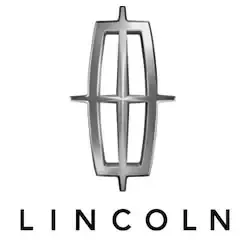Lincoln Navigator Tire Pressure
Most common recommended tire pressure for Lincoln Navigator can range from 39 psi to 42 psi depending on year of production, trim and OEM tire size, but it maybe different for older models. It is imperative to confirm the exact tire inflation for your Lincoln Navigator to ensure safety on the road. Always refer to your vehicle owner's manual for the correct tire pressure designated by vehicle's manufacturer.
Select your Lincoln Navigator production year to see its recommended tire inflation.
| Model Year | Front Tires | Rear Tires |
|---|---|---|
| 2025 Lincoln Navigator | 39 - 42 psi | 39 - 42 psi |
| 2024 Lincoln Navigator | -- psi | -- psi |
| 2023 Lincoln Navigator | 39 psi | 39 psi |
| 2022 Lincoln Navigator | 39 psi | 39 psi |
Recommended Tire Pressure for Lincoln Navigator
Maintaining the recommended tire pressure for a Lincoln Navigator is paramount for several reasons, directly impacting safety, fuel efficiency, and the longevity of the tires themselves. Proper tire inflation ensures optimal contact between the tire and the road surface, thereby enhancing the vehicle's handling and stability. This is particularly crucial for a large SUV like the Navigator, which requires precise control for safe maneuvering and braking, especially under varied road and weather conditions. Besides safety, proper tire pressure contributes significantly to fuel efficiency. Under-inflated tires increase rolling resistance, forcing the engine to work harder and, consequently, consume more fuel. Keeping tires at their recommended pressure can mitigate this effect, leading to noticeable savings on fuel costs over time. Furthermore, tires inflated within their ideal range are less prone to excessive wear and tear, ensuring a longer service life. This means fewer tire replacements and, thus, reduced long-term maintenance costs. Given the Lincoln Navigator's stature and performance characteristics, adhering to the manufacturer's tire pressure specifications is not just a recommendation but a necessity for harnessing the vehicle's full potential while safeguarding against unnecessary risks and expenses.

All listed guides, data and/or calculations are for informational purposes only. TirePressure.com does not warrant or make any representations regarding the accuracy of or the results of the use of this information. Always refer to vehicle owner's manual for the correct tire pressure configuration.